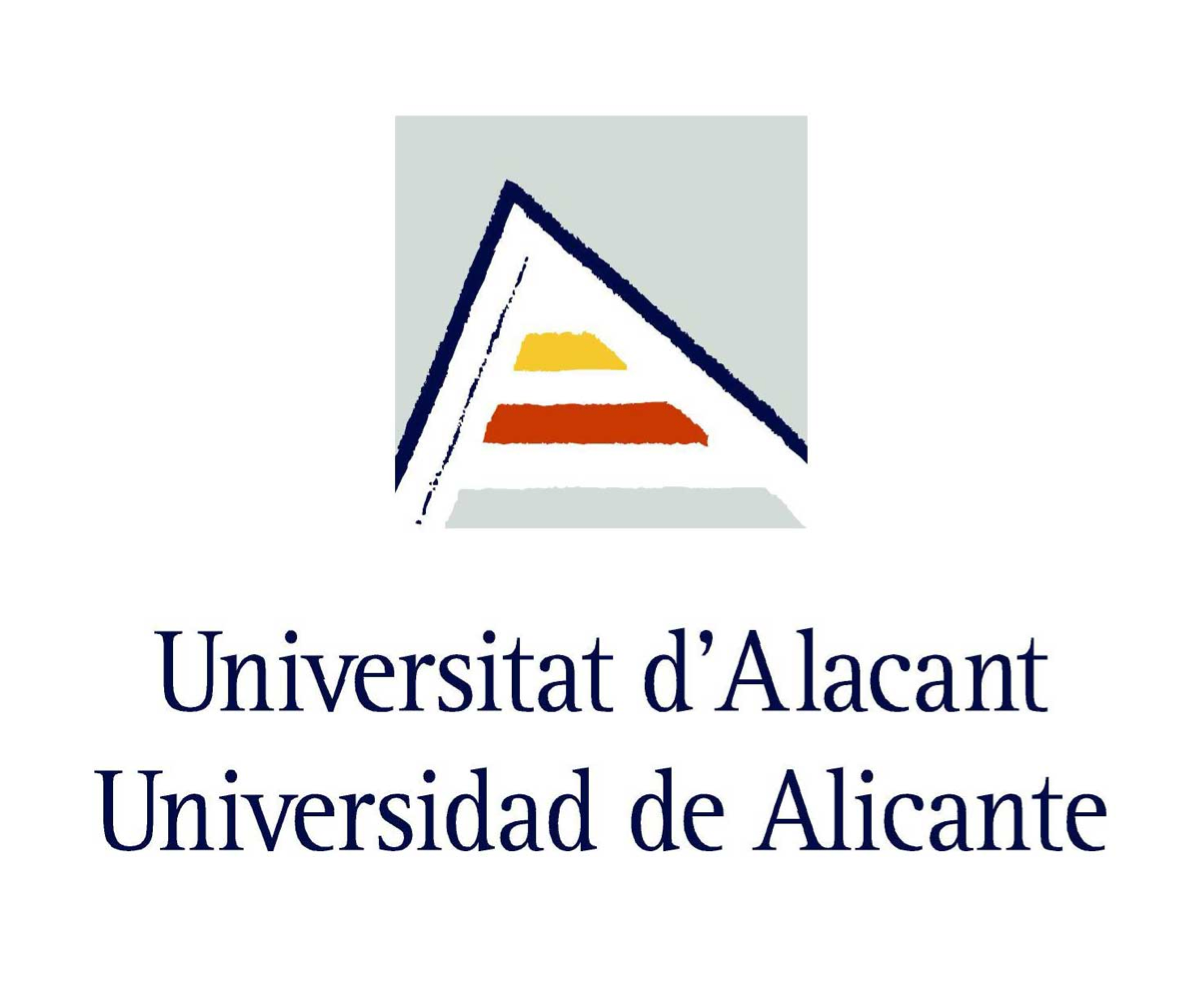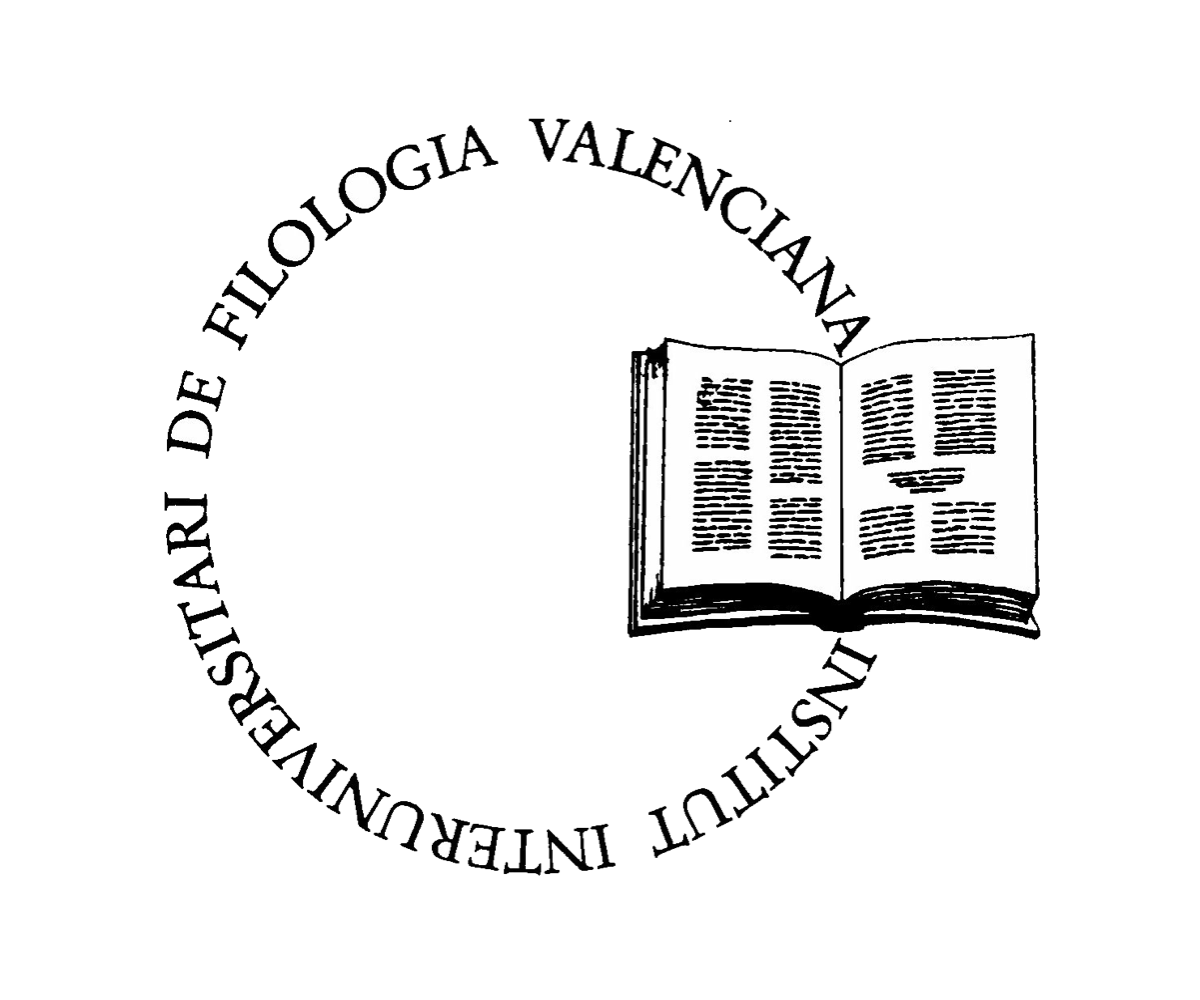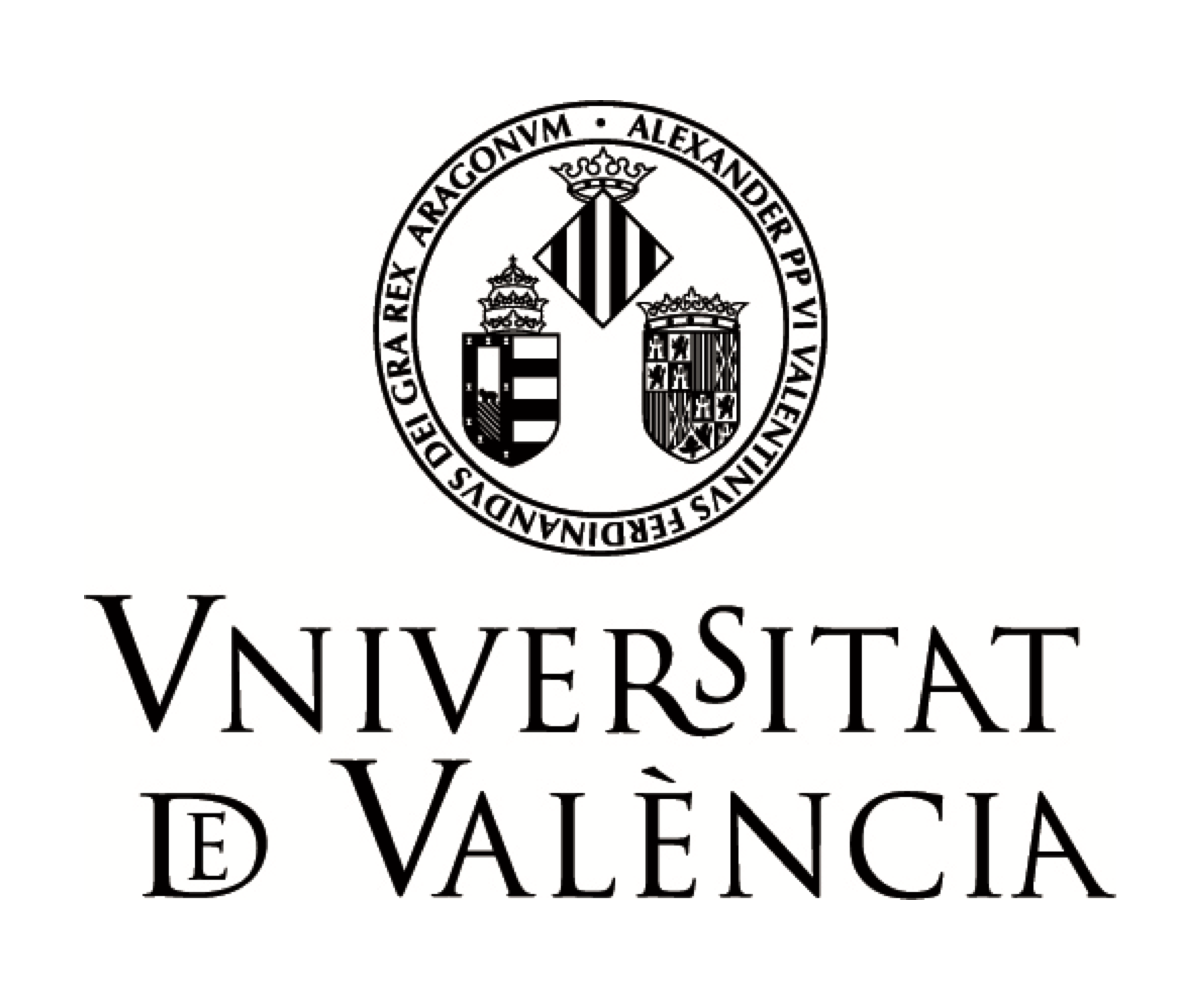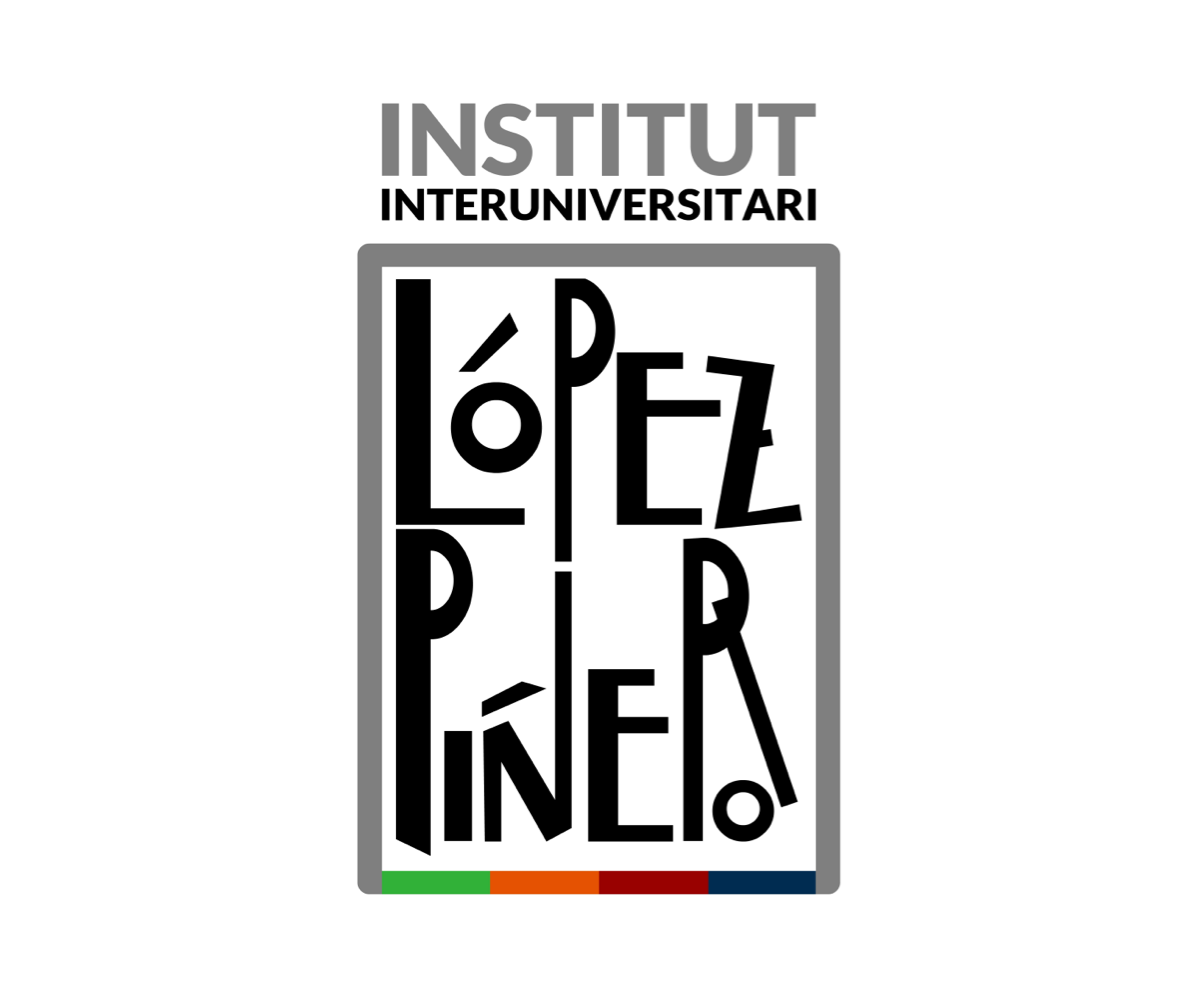Falconry and Material Culture in the Crown of Aragon
Hunting with trained birds of prey was a method that spread and developed throughout the Mediterranean region during the Middle Ages. It was a highly specialized activity, which required the development of precise technical knowledge – theoretical and practical – and specific instruments in order to do it successfully. Determining and gaining a proper understanding of all these elements nowadays is no easy task, since even the large number of treatises that were composed in the late medieval period on the subject – and which constitute one of the most valuable sources for research – omitted a large amount of information and details about them. The authors considered them to be common knowledge and they therefore avoided being unnecessarily long-winded. This is one of the difficulties we face when studying the instruments used in medieval falconry, the objects that huntsmen and falconers needed to capture, handle, train and look after their birds, and to hunt with them. They often do not appear in falconry treatises, and when they do, hardly any information is offered about them, they are simply mentioned. This entails the need to consult a great variety of different sources in order to learn about this part of material culture in the Middle Ages. Fortunately, the knowledge and the experience associated with falconry were shared and spread rapidly over great distances, which allows us to take advantage – with appropriate caution – of the sources from different territories so as to get a more complete picture of the various aspects related to falconry, including the objects typical of this art.
In this section we make a general presentation of the most important instruments associated with medieval falconry, taken from the Catalan sources, something that moreover enables us to offer part of the technical vocabulary for hunting with birds in this language. To organize the exposition we group the instruments together in several categories, although with the proviso that they do not correspond to a classification made by medieval huntsmen, but by us, and it is provided for didactic purposes only. It is furthermore necessary to stress that the sources consulted cover a long period of time – three centuries at least – and are from various territories, so our presentation is necessarily an artificial construct and it should not be assumed a priori that during this period every Catalan-speaking huntsman used all the instruments described here, nor used the same names for them. Hunting with birds gradually developed over time in many aspects and the instruments are no exception. The usual thing was for them to be incorporated at some time and gradually undergo changes, being adapted to the needs and requirements of huntsmen at each moment. The sources also point out that in the same place and at the same time there could be a variety that we can barely sense, such as for example the existence of sumptuous instruments, made with precious materials for kings and great lords – who perhaps only used them for the purposes of ostentation – together with others made with ordinary materials for everyday use or for hunters of a lower social position. Moreover, these instruments appeared or were incorporated in the practice of falconry and developed over time, along with the activity itself and everything to do with it. Research into this evolution is still at the developmental stage.
Instruments for the bird
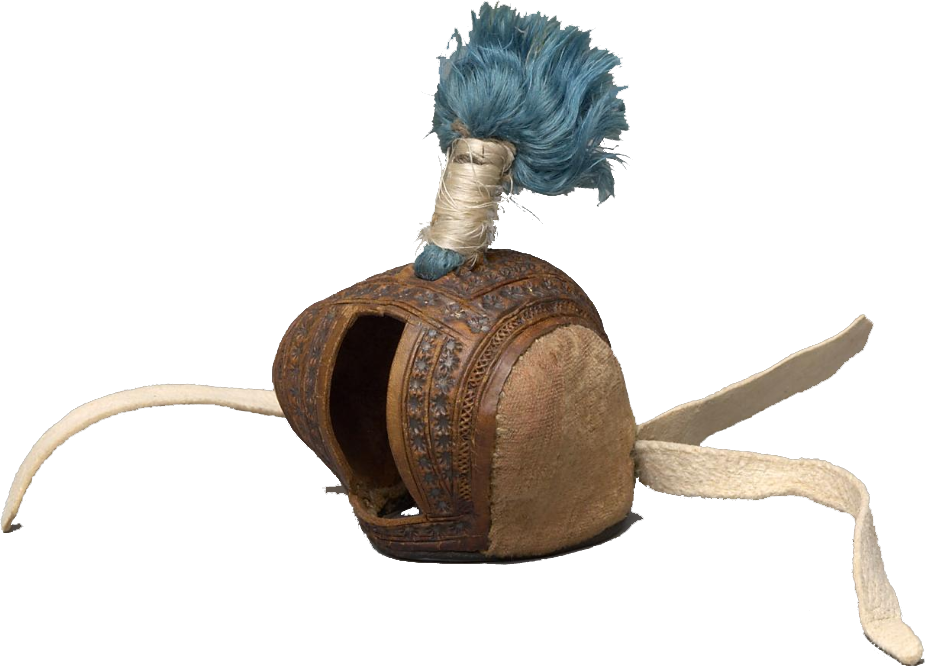
Capell
First, we shall look at the instruments that were placed on and worn by the bird. Of them, perhaps the best known and most striking is the capell which was a small hood made of leather that covered the bird’s head. This hood had a small opening in it for the falcon’s beak to pass through; it thus deprived it of sight, which was the fundamental purpose of the instrument. It was well known by huntsmen that birds remained calm when they could not see, since through their eyes they received the stimuli that caused in them the most fear and an uncontrollable reaction to fly away. Recently captured wild birds therefore had their eyelids sewn together and were kept like that during the first stage stage of the taming process, which lasted for several days. The stitches were then removed and they regained their sight. The sources suggest that the capell, borrowed from Arab huntsmen, spread around Europe in the thirteenth century, meaning that it was quite a late addition to the instruments of falconry, if we bear in mind that this first spread around the Mediterranean region in about the sixth century AD. It should be pointed out that, contrary to what has been claimed, the introduction of the capell did not mean that the practice of sewing the bird’s eyelids together was abandoned, and it continued to be a habitual practice for centuries. With this new instrument the bird could be deprived of its sight at any time and kept calm, even once it was completely trained; when the time was right, the hood would be removed and the bird regained its sight. This is also a good time to mention another object related to the capell and which appears in the Catalan sources. These are the moulds or blocks – called formes – used to make hoods with, and to give them the right shape so that they would fit closely around the bird’s head without pressing on its eyes and damaging them.
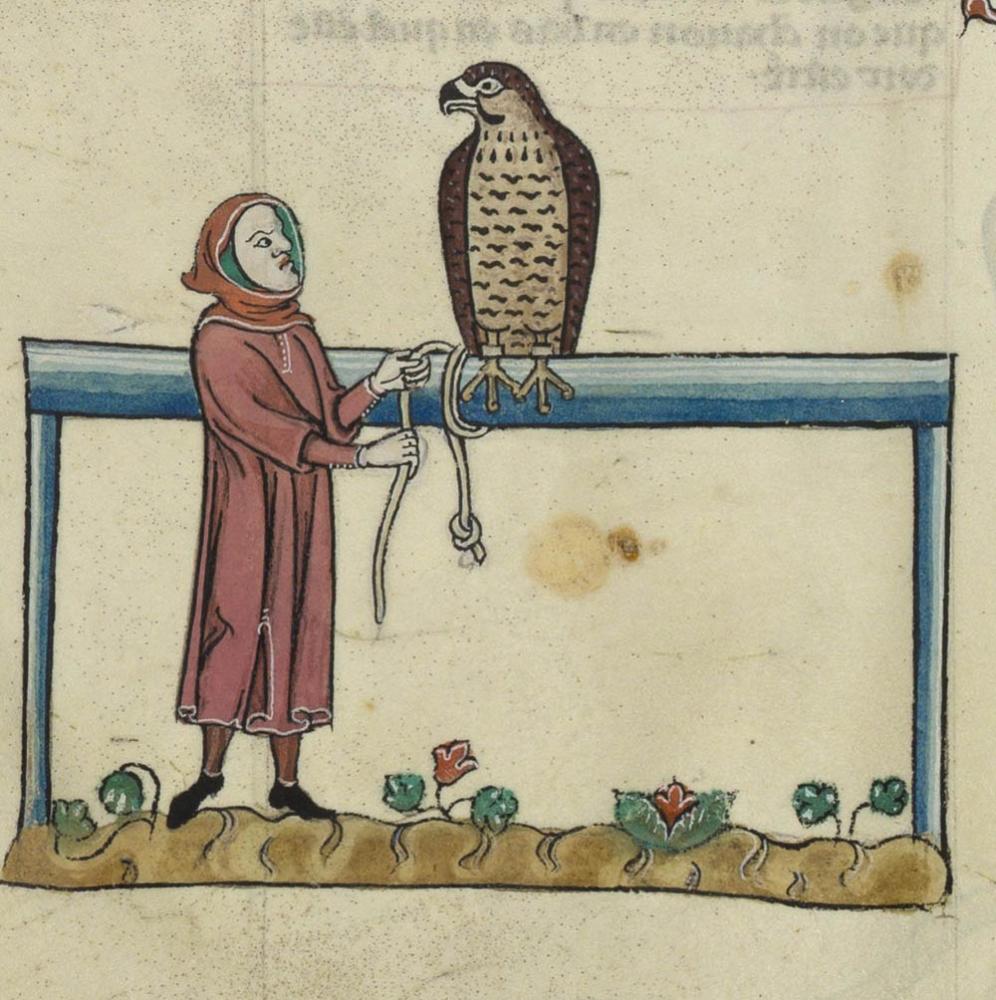
Gits and llonga
Perhaps the most important instrument in falconry was the pair of small leather straps, called jesses in English, which were tied round the bird’s tarsi and worn permanently. The huntsman kept a tight hold of these straps – called gits in the Catalan sources – while he carried his bird on his fist and, by releasing them, he could decide when to let the bird fly off. If the bird tried to fly off in pursuit of a quarry, to perch somewhere or to fly away in fright, the hunter could stop it by holding tight to the gits, and, after a brief moment of fluttering, the bird would once again perch on the hunter’s fist in no danger of coming to harm. When the bird was not carried on the fist of the huntsman or falconer, it was never put in a cage; the gits were used to tie it to the perch where it rested and sat. For this, another longer strap, the leash, was necessary, which is also frequently mentioned in the Catalan sources as the llonga, one end of which was tied to the perch and the other to the gits.
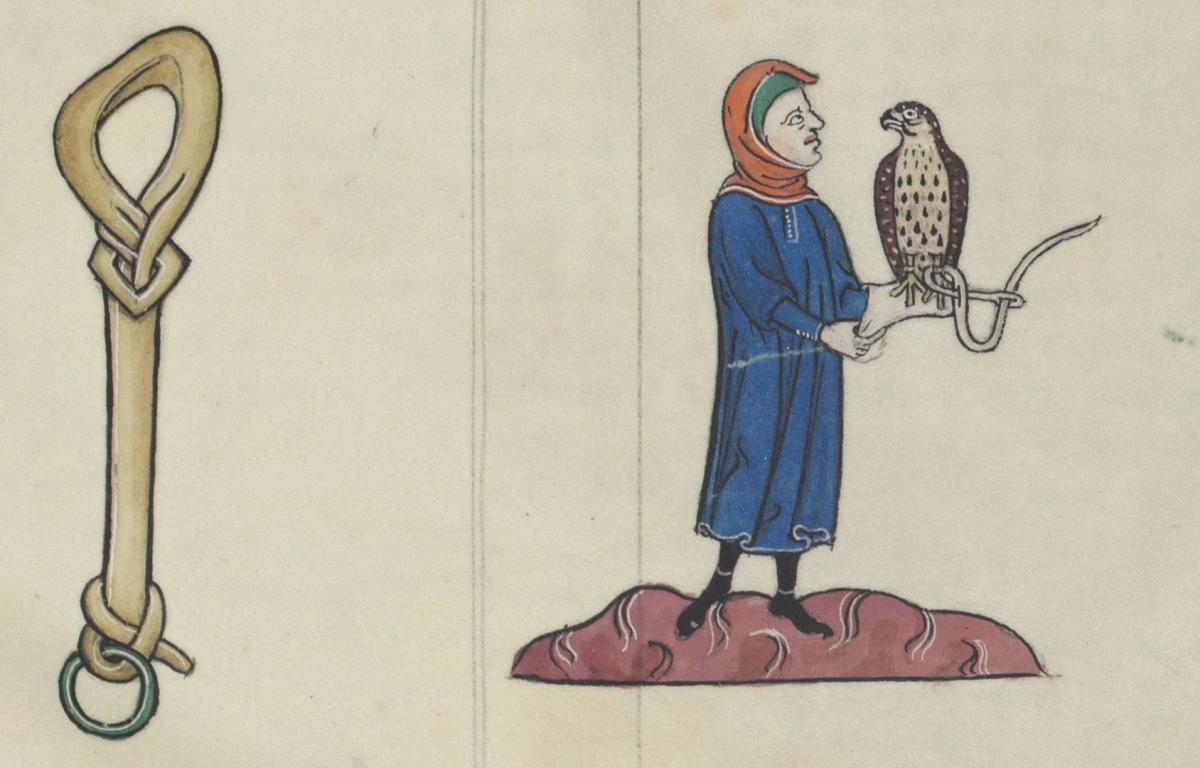
Anells and tornet
Most of the treatises offer hardly any details about these straps – size, material, the way of tying them, etc. – and they only usually insist that the jesses (gits) must be soft and not too tight for the bird’s tarsi, since several diseases were caused by that. At the loose end of the jesses there were some small metal hoops or rings (anells) through which the llonga was slipped in order to tie the birds to the perch. This system appears, perfectly described and illustrated, in the work by the Emperor Frederick II, De arte venandi cum avibus (The Art of Hunting with Birds), and it must have been in regular use in the Crown of Aragon, as the archive documentation offers us notes that record the purchasing of and payment for a large number of these anells for gits. It does not seem to have been the only system in use, however, as sources from other territories tell us that jesses, instead of having these metal rings attached to one end, could have a small slash or holes made with a knife in the leather, or even knots or buttons that made it possible to fasten them differently to the leash. A small piece of metal – the swivel, called a tornet in the Catalan sources – was very often placed between the gits and the llonga, consisting of two hoops joined together that could swivel freely, so that the jesses were fastened to one of the hoops of the tornet and the leash to the other. The purpose of this instrument was to prevent the bird’s different straps from getting tangled up when it was tied to its perch for a long time and changed position by turning round and round. As we mentioned in the introduction, most of these details are omitted from the sources and we therefore have to make use of very scattered information from different places in order to get a good idea of these objects, and many doubts remain to be cleared up.
Esmalts and escuts
Possibly, one of the aspects associated with jesses (gits) about which most has been written, and which in our opinion still remains to be definitively cleared up, is the question of the marks or signs of ownership that the birds wore, so that they could be returned to their owner if they got lost and were found by someone else. In the Catalan sources we find mentions of esmalts and escuts (escutcheons), which must have been tiny metal pendants with the owner’s coat of arms on that were placed on the bird, although we do not know exactly how this was done. A small strap may have been used to tie it to one of the feet, although they may also have been fastened to the jess in some way. In fact, in some sources reference is made to gits con les armes (jesses with the coat of arms), which points to the latest hypothesis, without ruling out the possibility of it referring to the coat of arms being engraved or embroidered on the jesses, instead of a metal pendant. The main confusion that has arisen in relation to these objects, termed the vervelle/varvel in French and English respectively, derives, in our opinion, from the fact that what were two different objects – the rings of the jesses, to tie the bird, and the marks to identify its owner – with their own functions and names, merged at some moment into one single object that combined the functions of both, and those studying it have frequently assumed that it was always just one object.
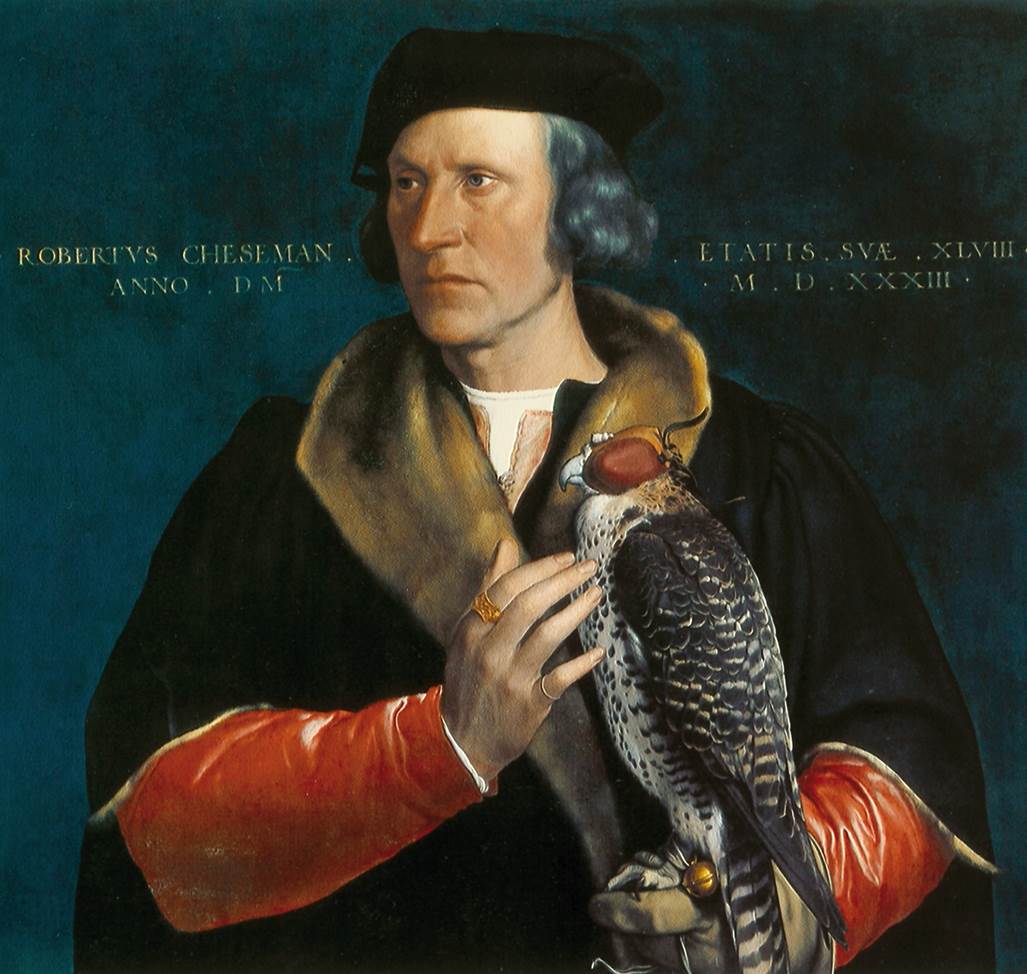
Cascavells
Another of the objects worn by birds in falconry was the cascavell (bell). This was tied to the bird so that the falconer could find it by listening for the sound of the bell when he lost sight of it while hunting. A bell was normally attached to each foot, fastened with a small strap to the bird’s tarsus, above the jess, although some sources indicate that their number could vary – only one or two pairs, for example – and also the place they were attached. They were made in different shapes and sizes, to be adapted to the size and characteristics of the bird to which they were attached. The archive documentation informs us that the king purchased a large number of them, often from other territories where we suppose there were craftsmen who made superior quality bells. It may be pointed out in relation to this instrument that its function went beyond making it easy to find a bird a long way away or lost; when the bird was sitting on its perch, the sound of the bells warned the huntsman or falconer who was in a nearby room that the bird was anxious, that it was moving a lot or it was bating for some reason. Birds with lice often scratched themselves and the continuous sound of the bells was a clear sign of this. Moreover, placing a larger number of bells on the bird could be used as a strategy during training, as through the discomfort this caused, the huntsman could accustom his falcon not to stray too far when flying.
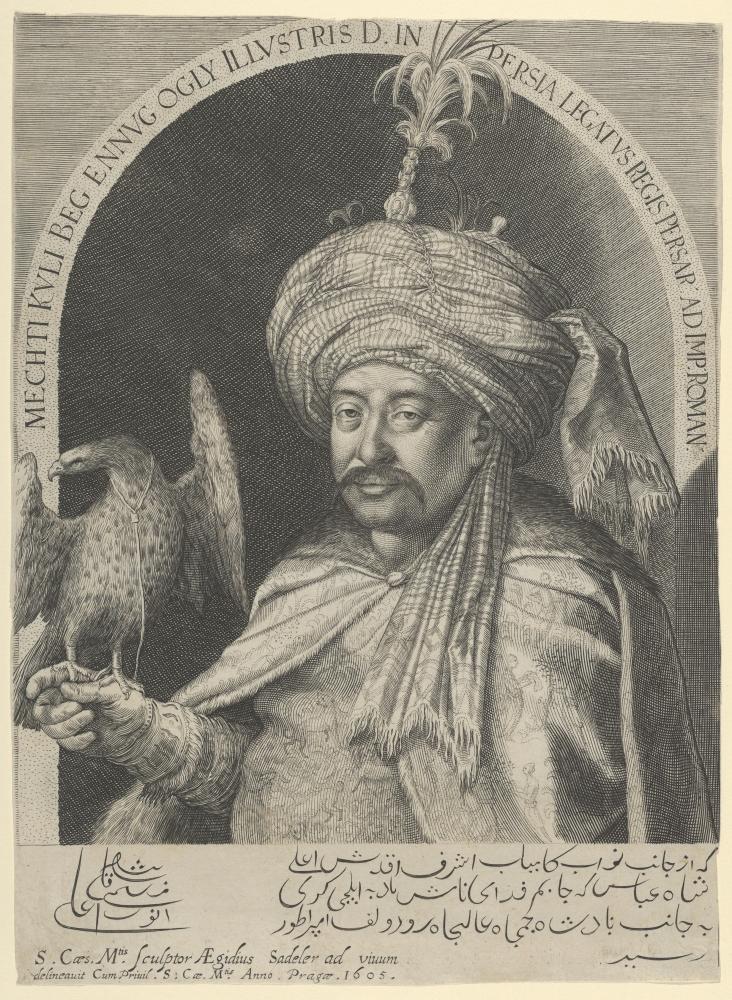
Bragaletto
Lastly, we would like to mention an instrument that we have recently found in some Italian sources in the Crown of Aragon, and which has received little attention or gone unnoticed in previous studies. It is the bragaletto and it must have been a sort of harness that was placed on the sparrowhawk – the sources associate it exclusively with this bird – and which made it possible to keep the bird firmly on the hunter’s fist, without losing its balance due to backward inertia when he sent it powerfully forwards after its quarry. Our hypothesis is that the bragaletto could have been incorporated in the instruments of falconry by Italian huntsmen, after they learned about an object with a similar function used by Persians and Turks, with whom the Italian territories remained in close contact. There is in fact a European engraving from the early seventeenth century that shows a Persian ambassador carrying a bird on his fist equipped with this instrument, clear proof that it was known in Europe. In the Catalan-speaking kingdoms of the Crown of Aragon this instrument was very probably known, since a certain number of them appear in the inventory of the Duke of Calabria’s property, which was sent from Ferrara to Valencia. One must suppose that if the duke used this instrument with his sparrowhawks when hunting with birds in Italy he would have continued to use it in Valencia. However, for the moment we have been unable to find any Catalan sources that mention it, although one would expect it to be called a braguer, which is one of the terms used in Catalan to refer to the similar object used to tie birds used as decoys to attract other birds in other types of hunting.
Instruments of the hunter
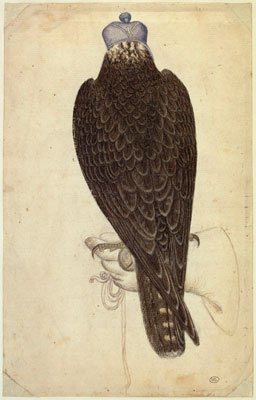
Guant
Among the instruments worn or used by the huntsman and which were not permanently placed on the bird, the most important would be the guant (glove or gauntlet) which was used to carry the bird on the fist without the animal’s talons injuring the hunter’s hand. They were normally made for just one hand, although some documents state that they were purchased in pairs, suggesting that they could occasionally be worn on both hands. The few sources that offer details about them confirm the idea that leather was the main material of which they were made, coming from different animals, such as deer or otters.
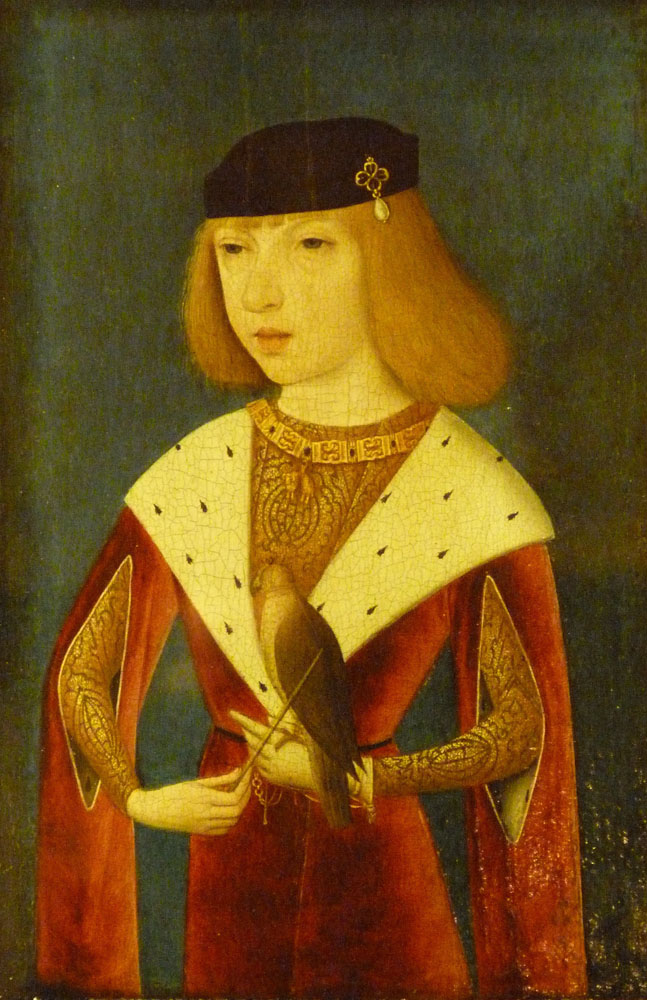
Bastonet
While the bird was being tamed, deprived of its sight by the hood or due seeling (having its eyelids sewn together), the hunter stroked it frequently with a bastonet (stick). This instrument that appears in a large number of depictions in paintings of important figures, suggesting that it was a habitual instrument and practice, despite the fact that it is hardly mentioned in the written sources. In the said paintings, the figure in question appears carrying the bird on one fist while he strokes its plumage with the bastonet in his other hand. With this the aim was for the bird to get used to being touched and to remain unaffected by it, causing the instinctive fight-or-flight reaction to disappear, and thus contributing to the taming of the animal.
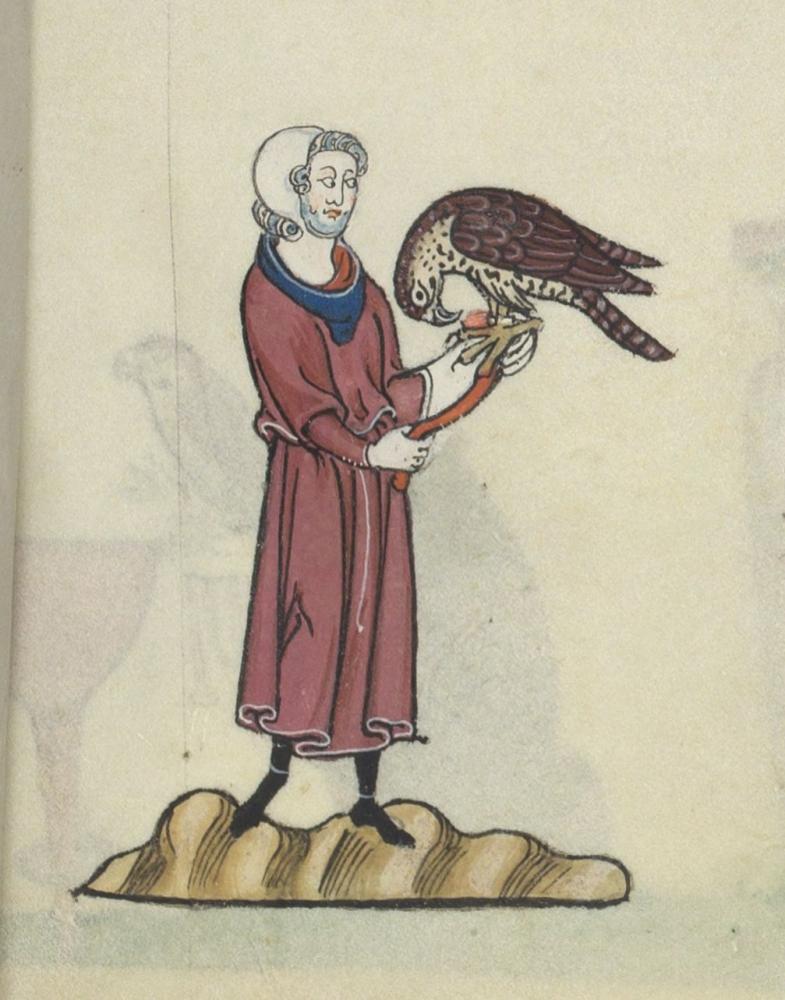
Picador
During the next stage of training, in order to tame the bird the huntsman resorted to what in Catalan was called a picador (tiring). It was a part of an animal – the tip of a chicken’s or dove’s wing, a hare’s foot or suchlike – that had bones, nerves, tendons and skin, but hardly any flesh, and which was offered to the falcon or goshawk when it was hungry. In these circumstances, the animal spent a long while “pecking” or “gnawing” on the hunter’s fist to try to tear off tiny pieces of meat. This way, the bird was distracted with the picador and its susceptibility to other human stimuli that might frighten it and cause it to fly away was lowered, so it gradually got used to them.
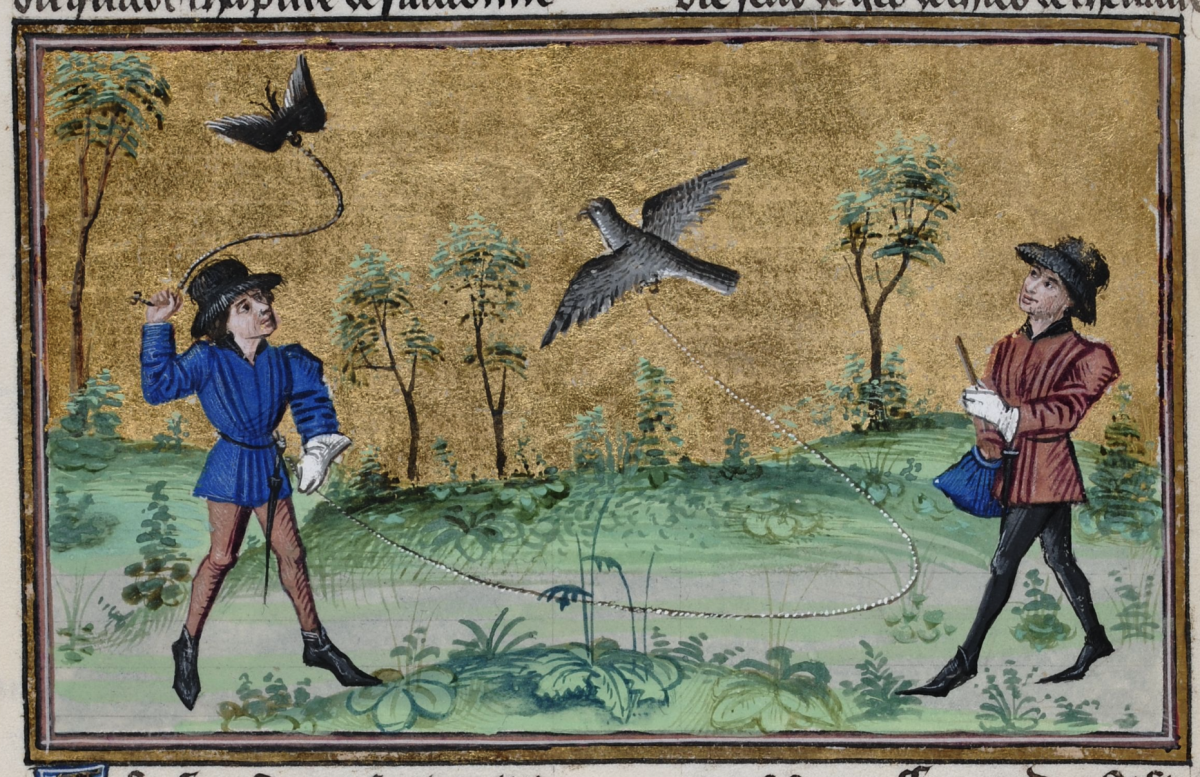
Tralla and lloure
Continuing with the training, the moment came when the bird had to begin to fly off and back in answer the huntsman’s call. However, in these first flights in the countryside, it might not be well trained and tame enough, and it could fly away and be lost forever. Therefore, in these first flying sessions, a long thin cord called a creance in English was tied to the bird. This allowed it to fly for a certain distance but prevented it from escaping if it tried to. This cord was called a tralla in Catalan. After a certain number of flights with the tralla and confirmation that the bird was not trying to escape, this instrument was dispensed with and training continued with the bird flying freely.
Another important falconry instrument was called the lloure (lure) and it was a sort of small leather cushion to which the wings of a bird were sewn, so that object looked like that animal. A piece of meat was tied to the lloure – or even a live bird – and it was swung round on the end of a string. This was the means to call the falcons, which flew towards it to trap it and eat from it. Thus, with the falcon standing on the ground over the lure, the huntsman could come up and retrieve it, offering it a piece of food with the gloved hand, onto which it gladly jumped to continue eating the new piece of meat on the hunter’s fist. It should be pointed out that use of the lure was the habitual procedure for calling to and recovering falcons of any species, whereas the goshawk and sparrowhawk were called by offering a piece of meat on the fist, to which they flew directly, perching on it and eating the food offered.
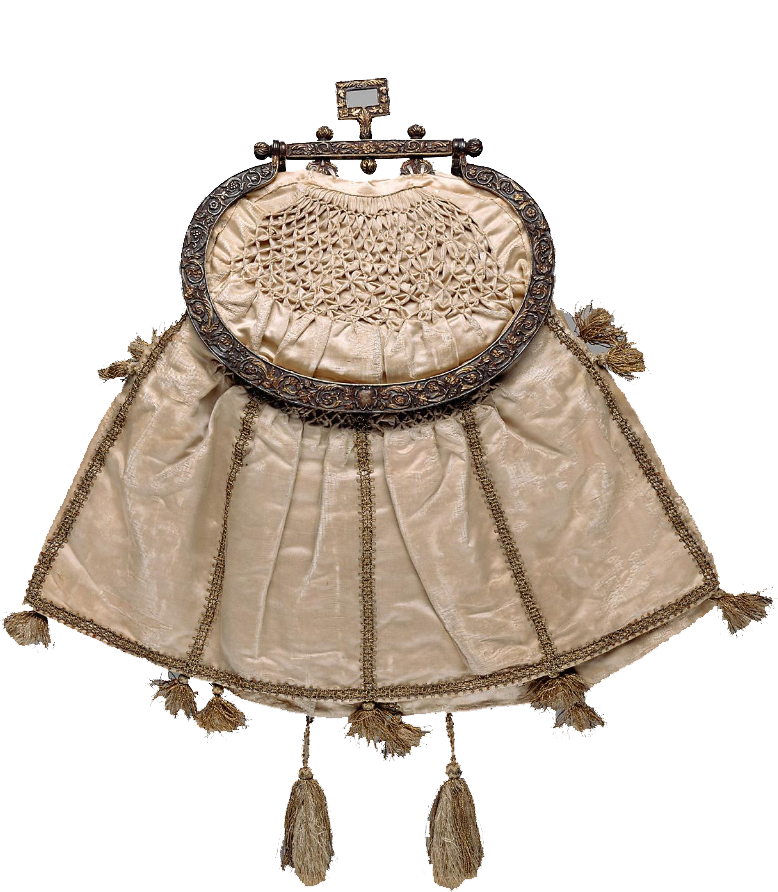
Carner
When the hunter went out into the countryside to hunt, as well as a large number of instruments he had to carry with him the meat to summon and feed his bird. For that he carried a specific hunter’s bag called a carner in the Catalan sources. The explanation for the name might be that, besides carrying the meat used as food or to be placed on the lure, it was used to keep the animals in that were captured during the hunt. Moreover, the huntsman often carried live birds in the carner that could have different uses. First, a hen or dove could be used to feed the bird, offering it recently killed animal flesh, something frequently recommended in falconry treatises. Second, it was used as a reward for a good performance during the hunt, as a live hen was always more attractive and appetizing than a piece of meat. Third, and in relation to the previous point, when a bird did not want to come in answer to the hunter’s call via the lure or a piece of meat in his fist, there was the possibility of showing the bird the hen, which would attract it more quickly and make it easier to retrieve. Lastly, during the training period, in the carner the hunter usually carried a live animal of the species they wanted to capture, so by releasing it under controlled conditions the bird of prey learned to capture it. The carner was therefore an instrument that the hunter could not do without. The written sources offer hardly any details of the shape, size and design of this instrument, and in this case it is the iconographical sources that give us some information about its appearance.

Tambor or tabal
Finally, we want to mention another instrument that we recently have found in the Catalan sources. It is a small drum – called tambor or tabal – that the huntsman carried, tied to the front of his saddle, and which he beat at the right moment to frighten the quarry and force it to come out of its hiding place so that it could be attacked by the falcon. It must have been used a great deal, but for some reason it was almost completely overlooked by the Iberian sources, and in particular by the falconry treatises that explain the hunting techniques in which it was almost certainly used. We do find it, however, in one of the Italian treatises composed in the Crown of Aragon.
Instruments related to the care of birds

Perxa o barra
Keeping birds of prey in captivity required types of care for which certain objects were necessary. The first thing to mention is the perch on which the birds usually sat when they were not being carried on the fists of huntsmen or falconers. The Catalan sources basically offer the terms perxa and barra to refer to this. The lack of details in the sources forces us to suppose that they were synonyms describing a simple wooden pole that was set horizontally in different ways: standing on feet, attached to the wall at one or both ends, or even suspended from the ceiling. We are familiar with these possible designs through iconographical sources – basically miniatures – from many different places. The abovementioned work by Emperor Frederick II offers us abundant details about this instrument and we see it in the many miniatures that illustrate one of the manuscripts. Thanks to this work we know that a perch could be long enough to accommodate several birds, which would be tied with the leash and kept far enough apart so that they could not reach and harm one another. According to the emperor, this perch had be placed at the falconer’s eye level, although we may suppose there was a certain degree of variability in this.
Medieval hunters also used low perches, on which the birds sat a few centimetres off the ground. However, the Catalan sources are not nearly as clear when providing us with a specific term for this kind of perch. In one of the falconry treatises a perch called a cavallet is mentioned three times, and in one of these it is explicitly required to be low, so we may suppose, with the appropriate reservations, that this was the name for this kind of perch.
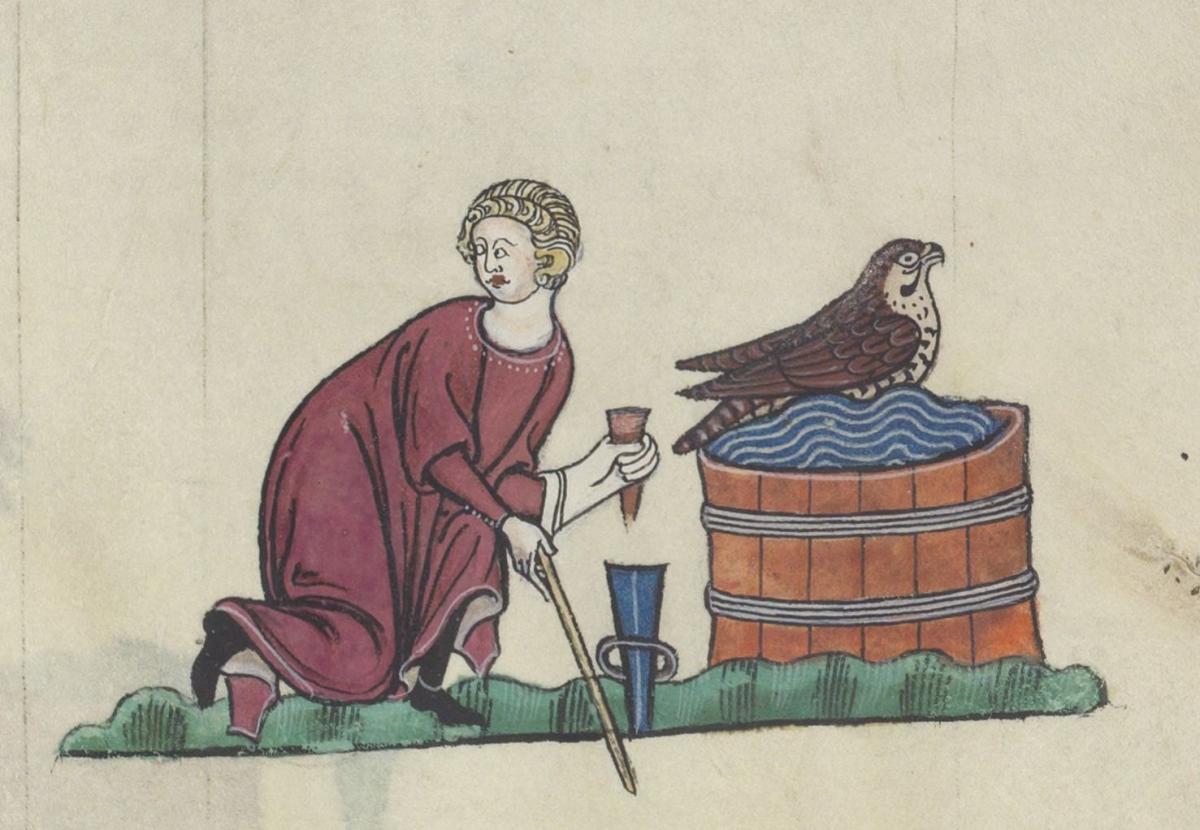
Bací o llibrell
One basic requirement with regard to caring for birds was that they had to be able to drink water and bathe regularly. To do this, the falconer could take his bird to a small puddle of clean water or the edge of a pool in a stream. However, for this purpose he also had suitable receptacles that were placed next to the bird tied to a low perch, in such a way that it could reach it to drink or bathe. This receptacle is frequently mentioned using the term bací in one of the most important falconry treatises written in Catalan, while the archive documents – inventories of goods particularly – sometimes offer us the term llibrell. This receptacle was also useful as it allowed treatments to be applied for which the bird had to be submerged in water in which the appropriate medicinal substance for treating some diseases of the skin of birds had been dissolved, usually lice.
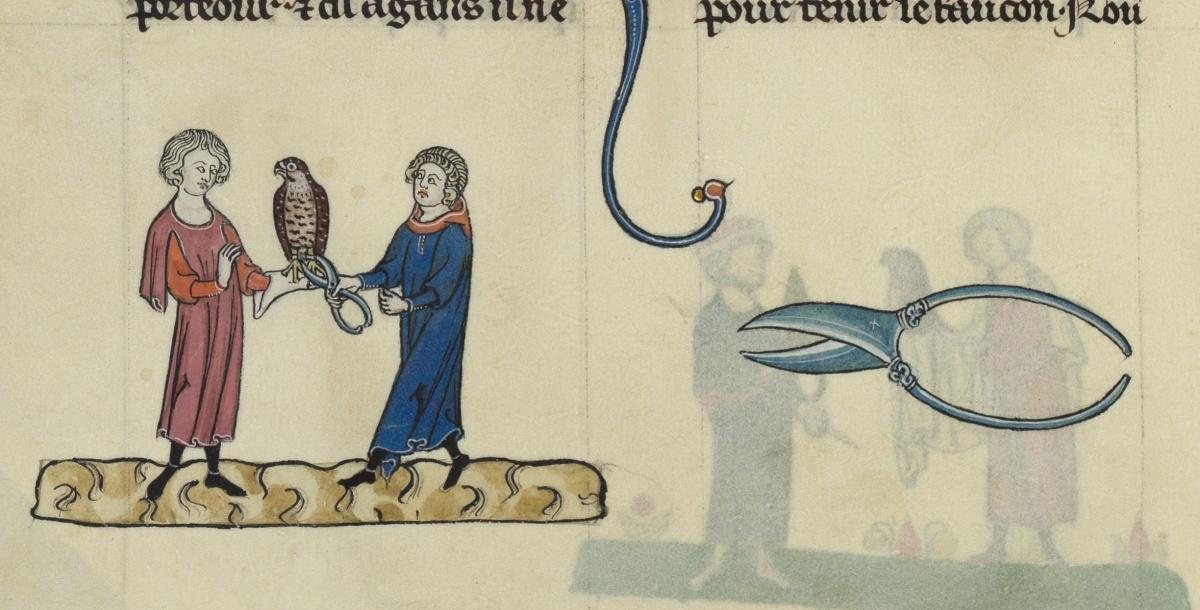
Surgical instruments
The largest number of instruments needed by falconers to look after birds with are related to surgical remedies for different diseases. Some of them were those used by surgeons and barbers, such as llancetes, raors, pinces, tenalles, tisores, fill i agulles (lancets, razors, tweezers, scissors, needles and thread). They were used to make incisions, extract things or close wounds, among other operations. Besides these instruments there were ferros or cauteris (cauteries), common in medieval surgery, but adapted in shape and size for use on birds of prey.
Some of these objects, however, were specifically designed and made for curing and looking after birds of prey, such as tenalles dels caçadors (hunter’s pincers), made to cut the talons and the beak and keep them the right length and shape. Fine metal needles, with special characteristics, were other objects used specifically by hunters and falconers. They were used to repair broken feathers, to join the piece at the end to the remaining part of a broken feather. In the Catalan sources these needles were called agulles d’escatir (imping needles), since escatir was the term used to refer to grafting feathers (imp) as a procedure for repairing them. The whole set of instruments was often kept in a case (estoig) that prevented the pieces from being scattered; they could also be carried comfortably, and be available whenever needed.
Instruments associated with capture and transportation
We wish to end this section about the instruments associated with the practice of falconry in the Middle Ages by briefly mentioning those used for capturing and transporting birds, an aspect that still requires in-depth research in the Iberian Peninsula. As we know, birds could be taken from the nest before they were fully fledged, or when they had already left it, at any stage in their subsequent development. Each of these situations required specific techniques and instruments.
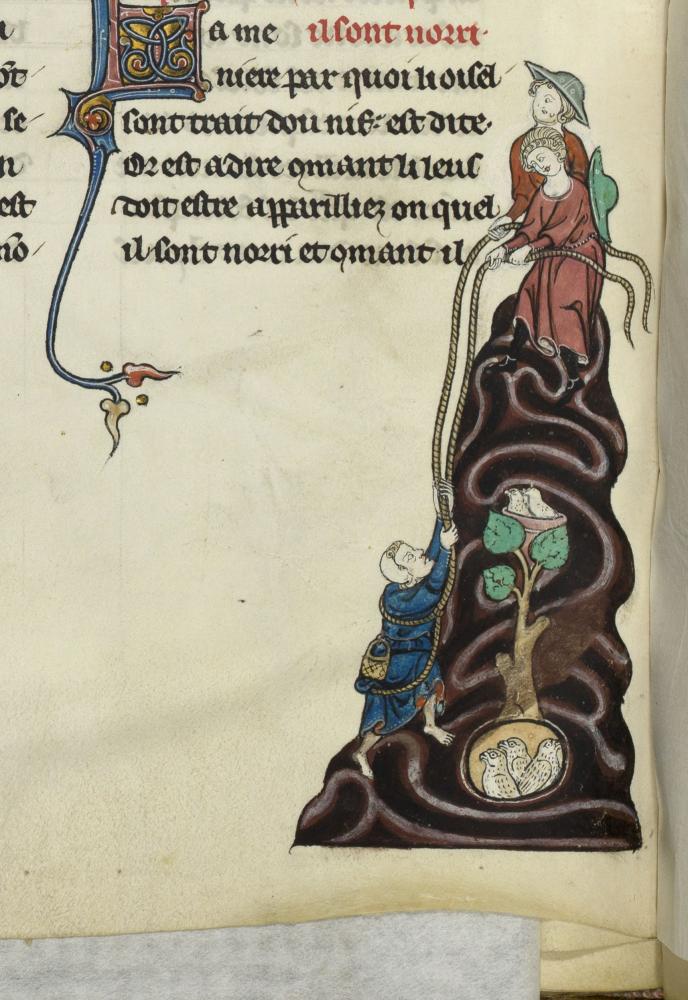
Gàbies
In the first case, reaching nests on ledges on steep cliffs or in high trees – in the case of goshawks and sparrowhawks, basically – required people who were familiar with the task who would doubtlessly use instruments that have barely been described in the Catalan sources, such as ropes and some kind of basket in which to place the birds and take them to their first destination. Some sources from Majorca do mention the gàbies (cages) for transporting young falcons taken from nests, which were lined on the inside with material that would prevent the birds from hurting themselves and damaging their plumage. As we know, birds of prey were never kept or transported in cages and this would be the only exception, as it was a brief moment and the birds were too young to exhibit the irascible behaviour that in other older birds would cause them to damage their feathers.
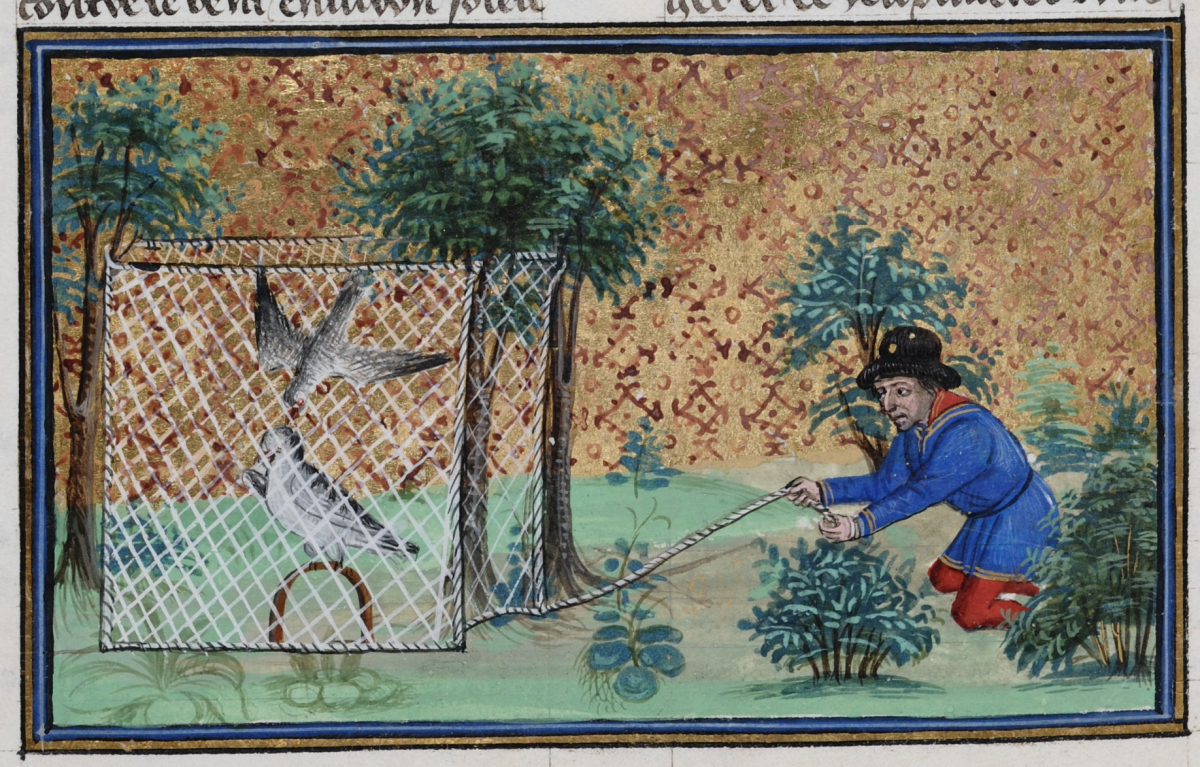
Arany
To capture adult birds or fully-fledged young birds, a variety of techniques were used, although nets seem to have been the most common one. We find them mentioned in some of the Catalan sources with the term arany, from which aranyenc derives as a name for the bird captured after it had left the nest and was already capable of feeding itself. The person who specialized in capturing birds for hunting was called a parador (falcon trapper). In order to transport the wild, recently captured bird safely, without it being harmed and its feathers damaged, this person could immobilize it by wrapping it in a piece of cloth or sewing its eyelids together to deprive it of sight (seeling). We know of these handling techniques for recently captured birds from sources from different places but we are unable to give many precise details about how the process took place in the Crown of Aragon, or the Catalan terms used in relation to this aspect of falconry. However, in reference to the immobilization required for a cure, one of the Catalan falconry treatises uses the term plegar, and the instrument used was a tovallola. In this respect, the paradors may well have used the same terms and objects as the huntsmen or falconers.
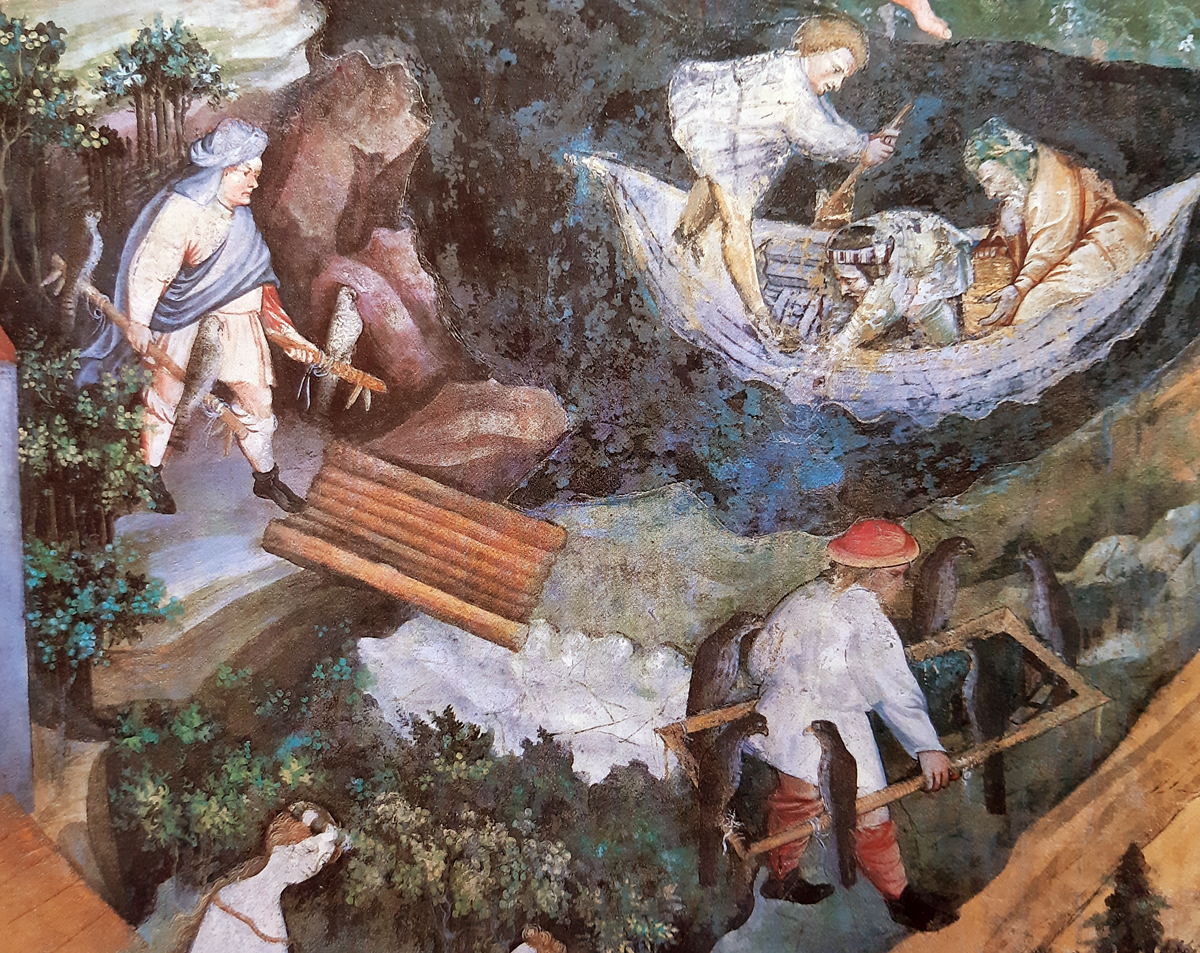
Escala
To transport a large number of birds of prey long distances, either because they were requested by the king or another great lord, or to be sold by a merchant, rectangular wooden frames were used in which a large number of animals – as many as ten or more – could be tied and perched. This portable perch, called cadge in English, were carried over the shoulders of a person in the manner of a yoke. It is this instrument that seems to be referred to with the term escala, in a document that asks for a large number of falcons belonging to King Ferdinand the Catholic to be transported. Surprisingly, in King Ferdinand’s papers, for transporting birds the terms escales and cavallets are used – which we mentioned among the perches – and these two instruments are in fact seen in a magnificent fresco in the Eagle Tower in Buonconsiglio Castle (Trento, Italy) in which two people are seen transporting birds of prey. In general, the medieval Iberian sources barely mention these instruments, while in what is perhaps the best-known Castilian source, the Libro de la caza de las aves, Pero López de Ayala explains that “nos dezimos como varas”.
